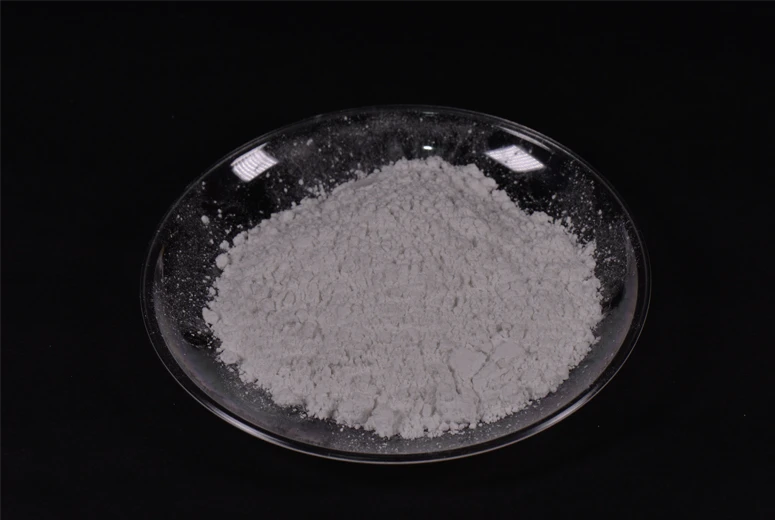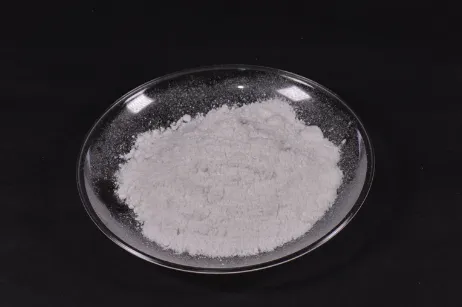Mar . 05, 2025 04:29
Back to list
synthetic mica cosmetics
Mica powder, a naturally occurring mineral, has garnered significant attention within the cosmetics industry for its shimmering properties and versatility. This all-encompassing guide on mica powder in cosmetics will explore its origins, benefits, applications, and potential safety concerns, backed by expert insights and authoritative references.
However, some concerns regarding the ethical sourcing and environmental impact of mica mining have surfaced. Notably, the origination of mica from places like India and Madagascar has been scrutinized for the use of child labor and inadequate working conditions. Industry leaders emphasize the importance of transparency and are urged to ensure the procurement of mica through verified supply chains that adhere to fair labor practices. Addressing safety concerns, it's paramount to recognize that when processed and handled correctly, mica powder is deemed safe for cosmetic use. The Cosmetic Ingredient Review Panel has established its safety in recommended concentrations. However, it is imperative for consumers to remain informed and for manufacturers to abide by safety regulations, ensuring the mica utilized is free from contaminants such as heavy metals. Authoritative voices in the industry advocate for sustainable and ethical practices, promoting the use of synthetic mica or responsibly sourced natural mica as alternatives. Synthetic mica, often termed 'fluorphlogopite,' offers similar properties as its natural counterpart with fewer ethical concerns, featuring in many eco-conscious and vegan beauty products. In conclusion, mica powder’s transformative capabilities in cosmetics are unparalleled, providing both aesthetic benefits and functional enhancements to products. As consumer awareness regarding ethical practices and ingredient safety continues to rise, the industry is poised to prioritize sustainable practices, ensuring mica powder maintains its esteemed position in beauty formulations. For both formulators and consumers, the future of mica in cosmetics holds a promising balance between innovation and responsibility.


However, some concerns regarding the ethical sourcing and environmental impact of mica mining have surfaced. Notably, the origination of mica from places like India and Madagascar has been scrutinized for the use of child labor and inadequate working conditions. Industry leaders emphasize the importance of transparency and are urged to ensure the procurement of mica through verified supply chains that adhere to fair labor practices. Addressing safety concerns, it's paramount to recognize that when processed and handled correctly, mica powder is deemed safe for cosmetic use. The Cosmetic Ingredient Review Panel has established its safety in recommended concentrations. However, it is imperative for consumers to remain informed and for manufacturers to abide by safety regulations, ensuring the mica utilized is free from contaminants such as heavy metals. Authoritative voices in the industry advocate for sustainable and ethical practices, promoting the use of synthetic mica or responsibly sourced natural mica as alternatives. Synthetic mica, often termed 'fluorphlogopite,' offers similar properties as its natural counterpart with fewer ethical concerns, featuring in many eco-conscious and vegan beauty products. In conclusion, mica powder’s transformative capabilities in cosmetics are unparalleled, providing both aesthetic benefits and functional enhancements to products. As consumer awareness regarding ethical practices and ingredient safety continues to rise, the industry is poised to prioritize sustainable practices, ensuring mica powder maintains its esteemed position in beauty formulations. For both formulators and consumers, the future of mica in cosmetics holds a promising balance between innovation and responsibility.
Prev:
Next:
Latest news
-
Transforming Surfaces with Mica-Enhanced Paints in Coatings and DecorationNewsJul.02,2025
-
The Ultimate Guide to Mica-Based Luminous Colors with Pearlescent PigmentNewsJul.02,2025
-
The Critical Role of Mica in Industrial Applications in Welding and Oil FieldsNewsJul.02,2025
-
Revolutionizing Automotive Aesthetics with Modified Plastics Pearlescent PigmentsNewsJul.02,2025
-
The Secret with Mica Powder for Cosmetics Behind Radiant, Natural MakeupNewsJul.02,2025
-
Enhancing Performance in Polymer Applications with Mica Powder for RubberNewsJul.02,2025
Products categories









